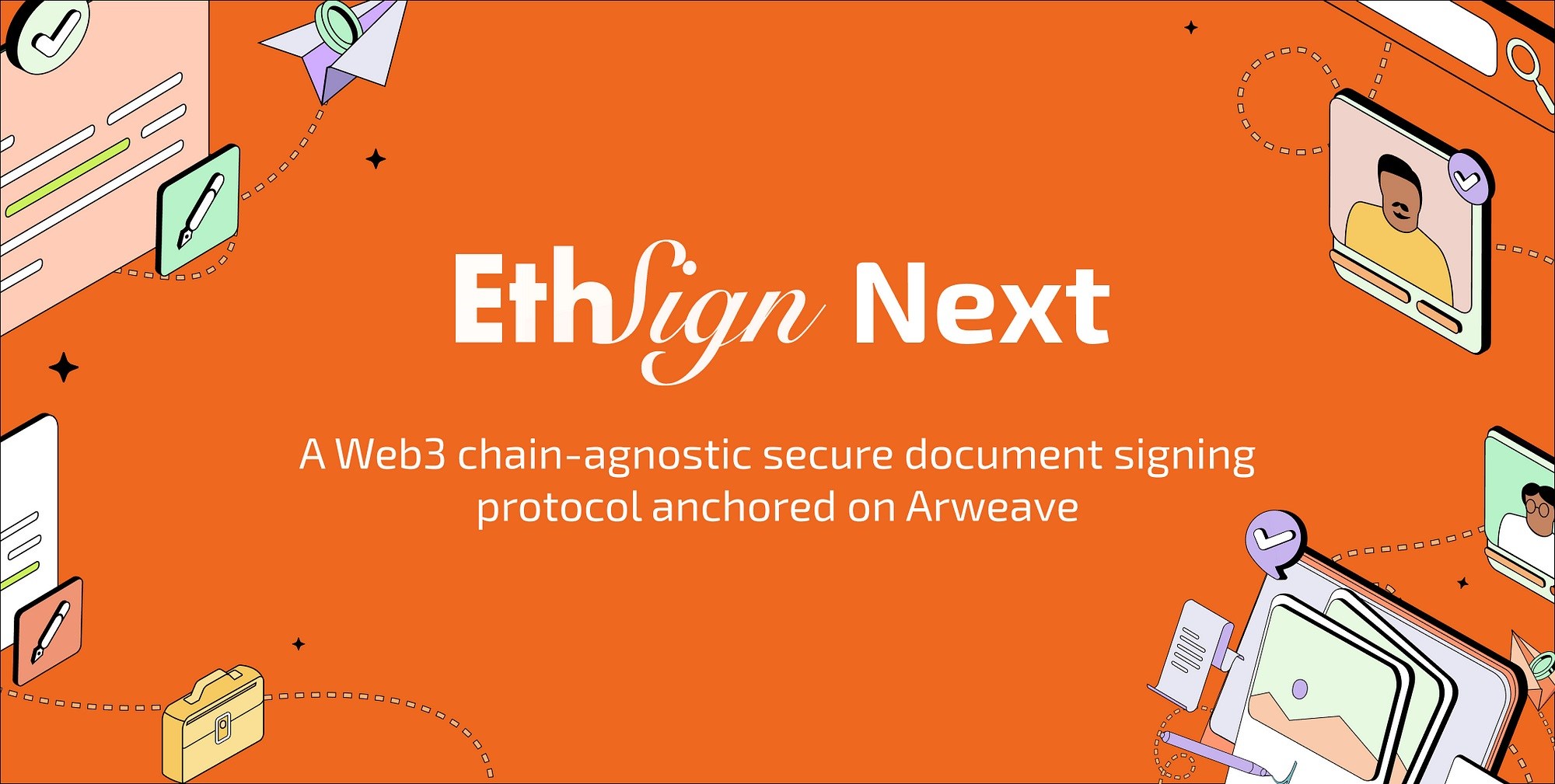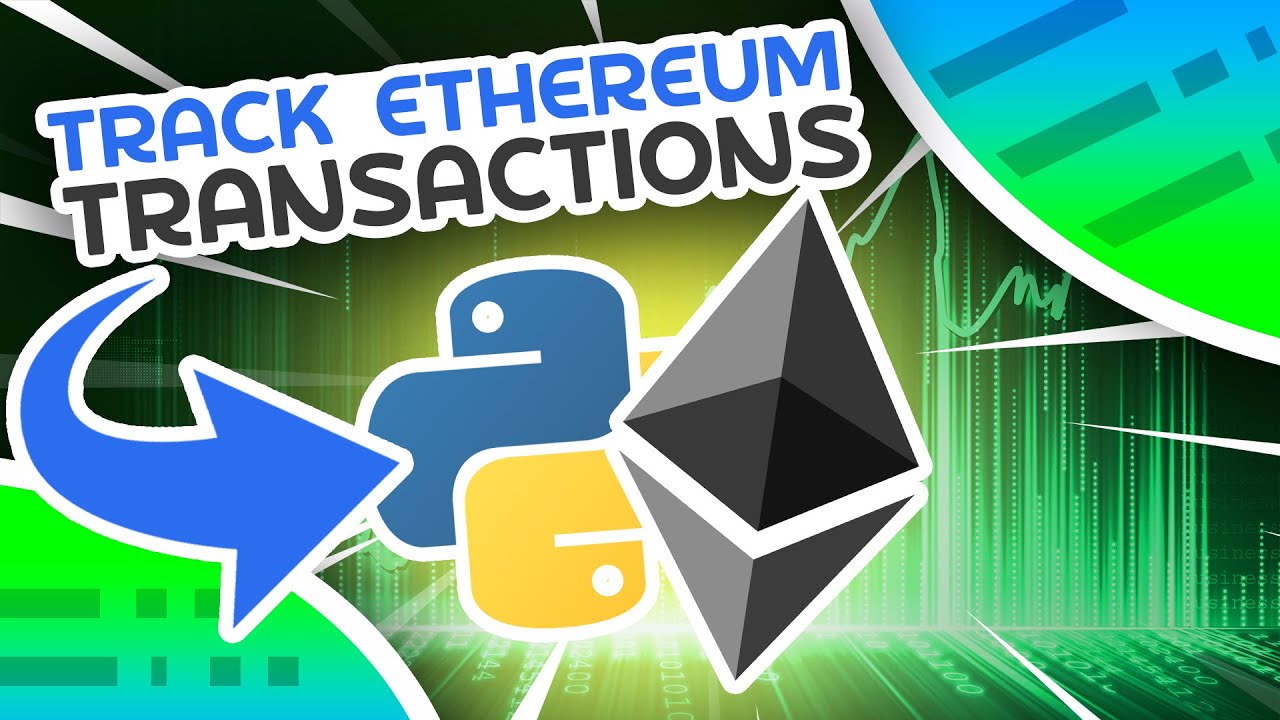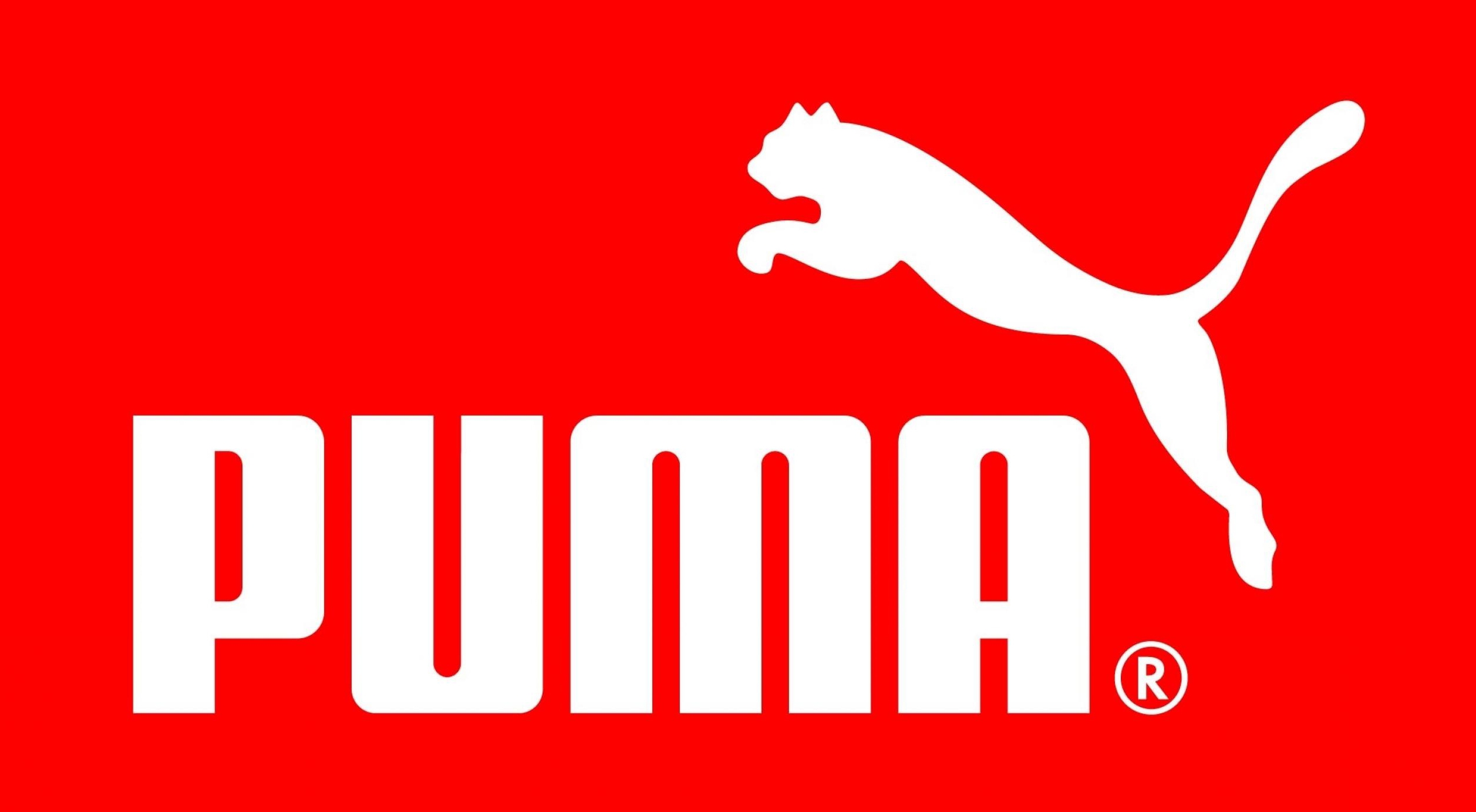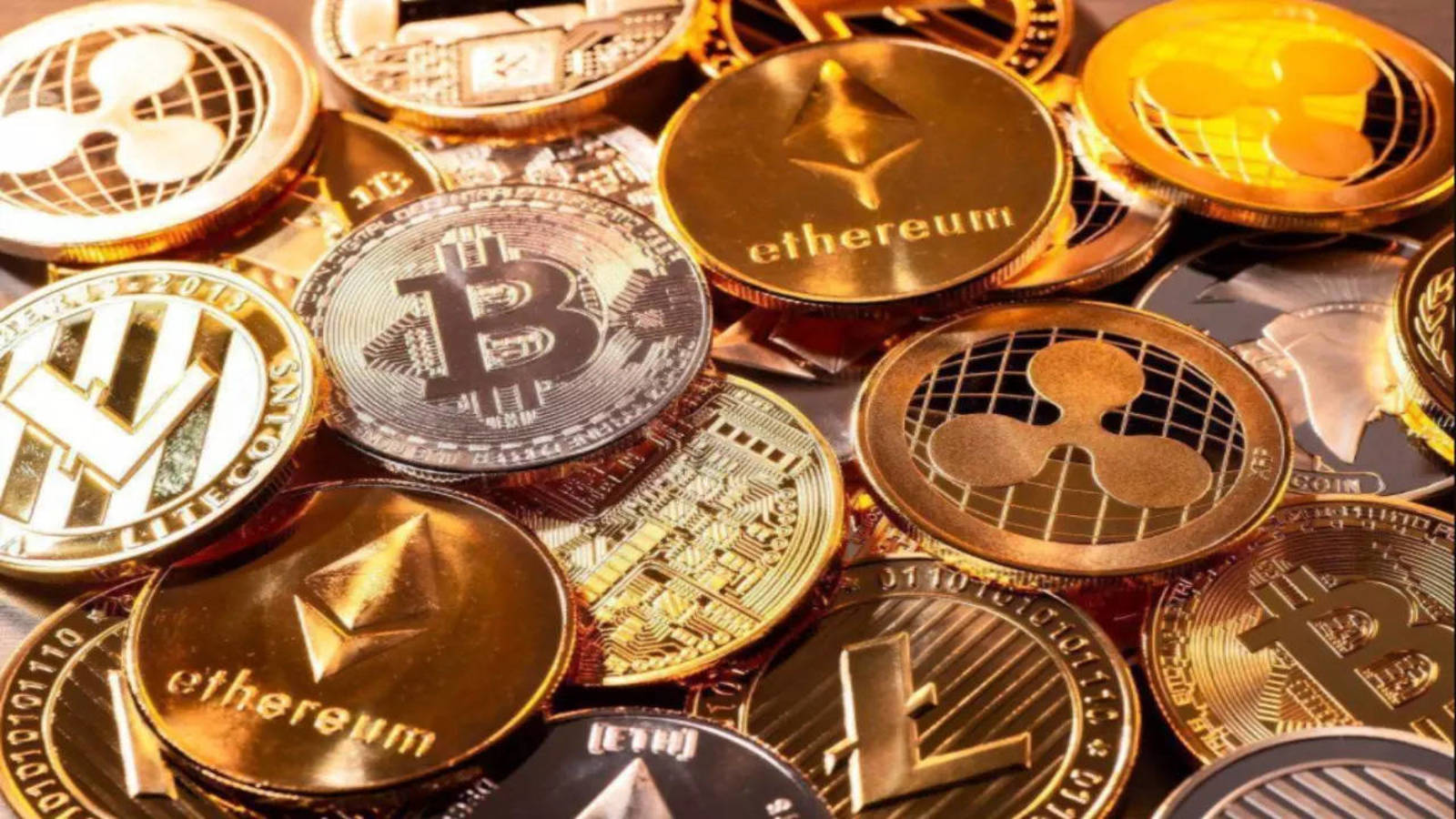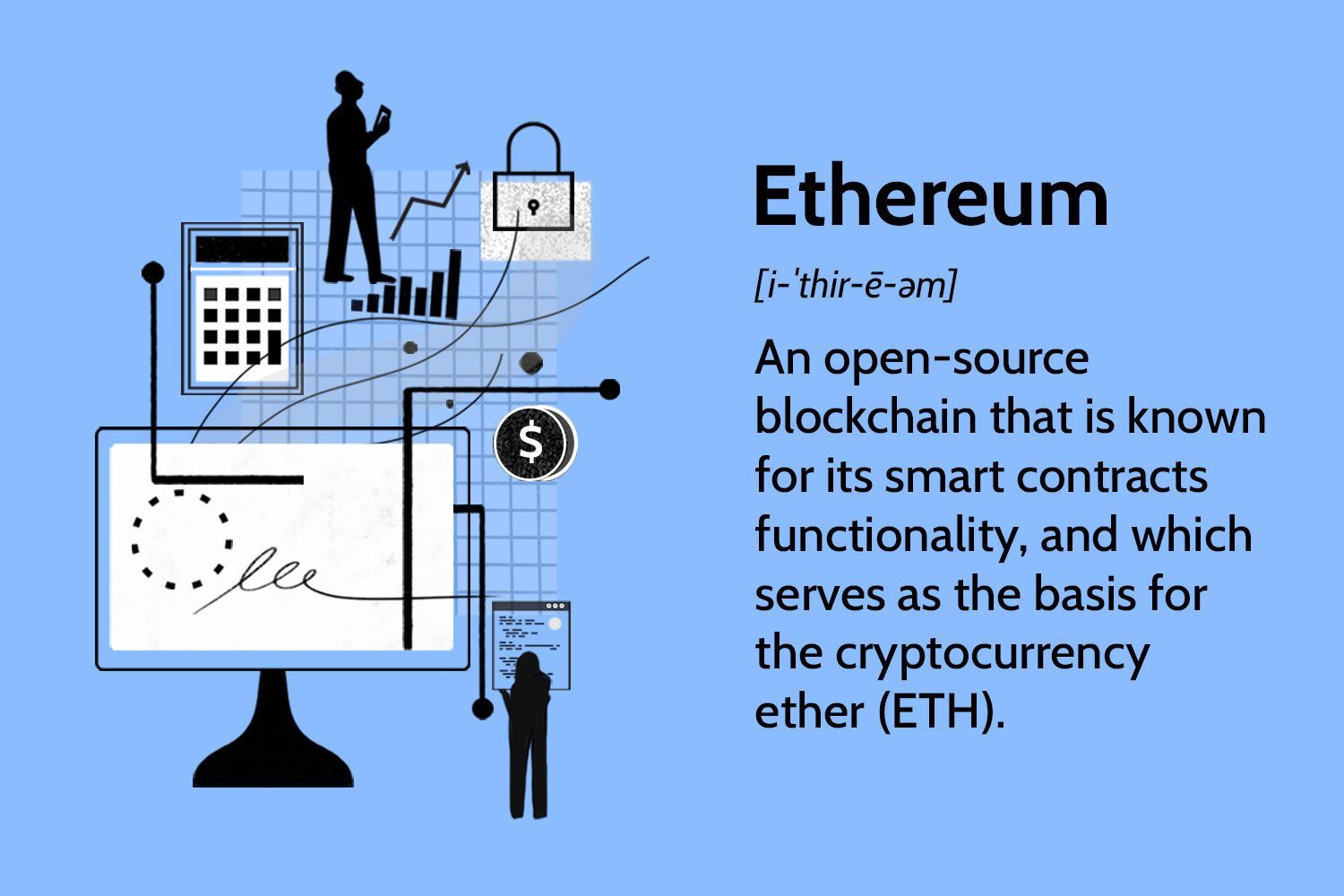Despite the ongoing regulatory crackdown on the crypto industry and the collapse of some of its poster children, the underlying decentralized technology continues to drive internet incumbents into the web3 space. Telegram and Line, two of the world’s most popular messengers with hundreds of millions of monthly users, have both been integrating crypto features in recent months. One of the functionalities being introduced to these apps is e-signing, which is powered by a startup called EthSign.
Key Takeaway
EthSign, with its integration with Telegram and Line, is revolutionizing the concept of e-signatures by offering a web3 equivalent of DocuSign, providing an additional layer of transparency and trustworthiness powered by blockchain technology.
EthSign’s Integration with Telegram and Line
EthSign, backed by all three divisions of Sequoia, aims to provide a web3 equivalent of DocuSign with the promise of an additional layer of transparency and trustworthiness. Its job is to convince the masses that signing contracts on the blockchain is superior to the traditional method. The platform offers much easier authentication of the identity of each signing party and a history of their interaction with the signed document. Additionally, the data is immutable, one of the most promising features of blockchain.
How EthSign Works
EthSign is deployed on the respective blockchain network that runs on Telegram and Line, TON and Finschia. Once users connect their crypto wallets to the messengers, they can start signing documents through EthSign the way they’d interface with DocuSign. EthSign has already rolled out on Telegram as a mini app, which can notify users of a list of pending documents to approve. Once a contract is opened, users will be prompted to connect their crypto wallets and scroll to the bottom to sign. At this point, EthSign will ask to access users’ wallet addresses to generate their tamper-proof signatures on the blockchain.
Future Integration and Expansion
EthSign has signed a memorandum of understanding with Finschia for further integration in the coming months. The platform has been connected to some 250,000 unique wallet addresses and aims to become an attestation service platform in the future, charging for attestation, verification, and other user activities, rather than pursuing the traditional SaaS model that monetizes through subscription fees.







